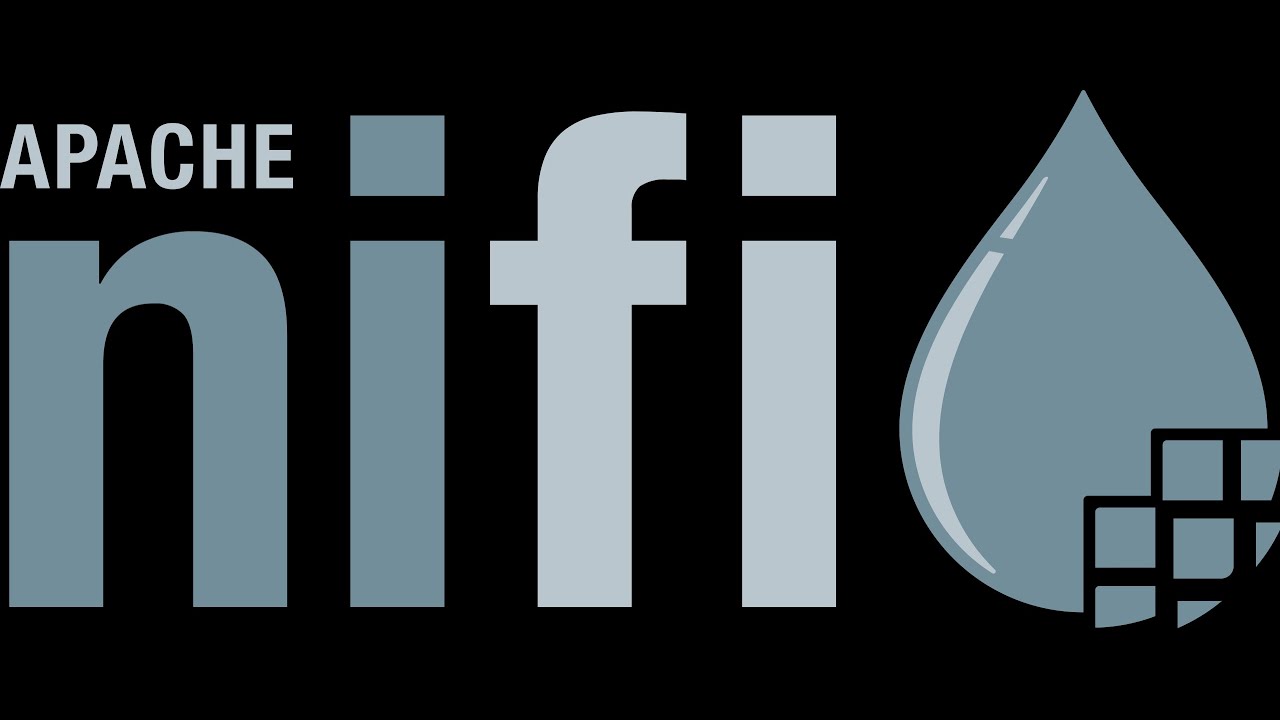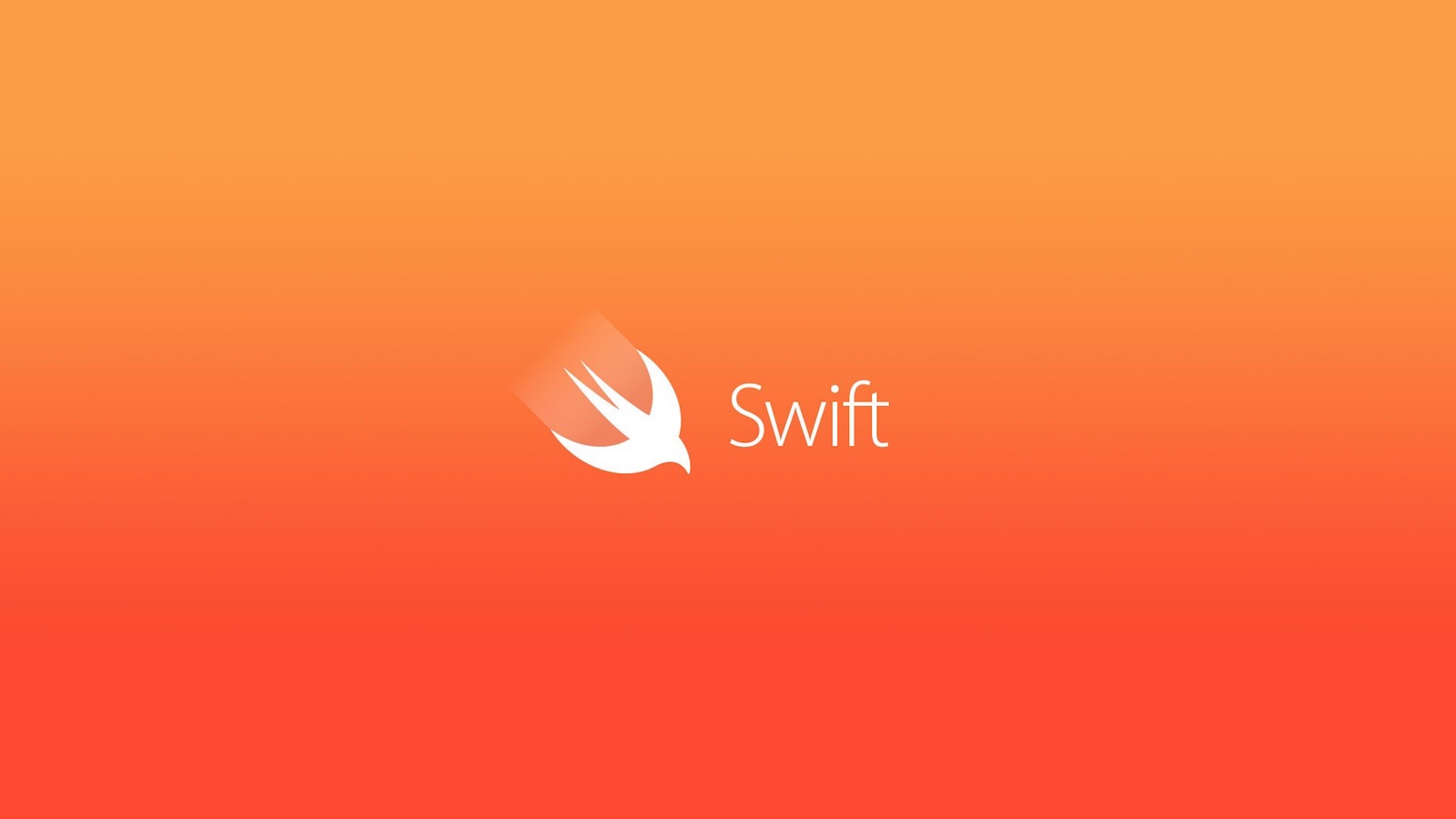Object-Oriented Programming (OOP): An Introduction to the World of Objects
Published
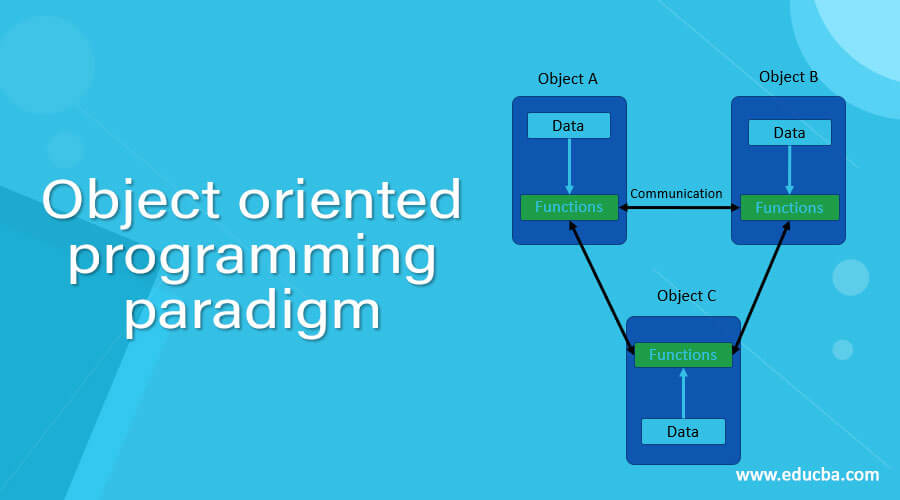
Object-oriented programming (OOP) is a software development paradigm based on the concept of objects. In this article, we will explore the basics of object-oriented programming and how it helps develop complex software projects efficiently.
The building blocks of OOP
Object-oriented programming is based on four central building blocks: classes, objects, inheritance and polymorphism. In this section, we will take a closer look at each building block and understand how they are used in OOP.
Classes: The blueprints of the objects
Classes serve as blueprints for objects in OOP. We will find out what defines a class and how it contains attributes and methods. We will also learn how to create new objects from a class.
Objects: Instances of classes

Those : istockphoto.com
Objects are instances of classes and represent specific units in a program. We will see how objects can store data and execute methods to perform actions. We will also understand how objects can interact with each other.
Inheritance: The concept of hierarchy
Inheritance makes it possible to create new classes based on already existing classes. We will learn how inheritance enables hierarchical relationships between classes and how attributes and methods are inherited from a parent class to descendent classes.
Polymorphism: Diversity through flexibility
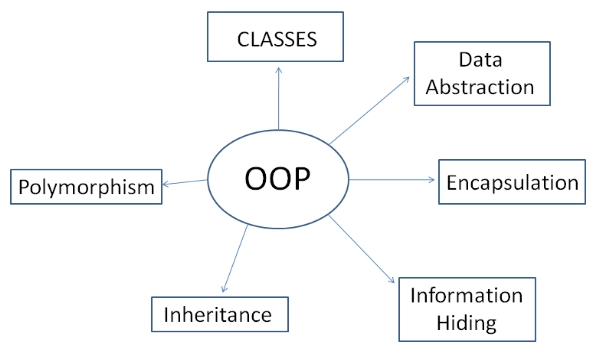
Those : c-sharpcorner.com
Polymorphism allows objects to take on different shapes. We will understand how polymorphism allows us to use consistent interfaces to interact with different objects, regardless of their specific implementation.
Advantages of object-oriented programming
Object-oriented programming offers many advantages, including increased code reusability, improved modularity, better organization of projects, and easier maintainability. In this section, we will take a closer look at the benefits of OOP and understand why it is an important approach in software development.
Summary
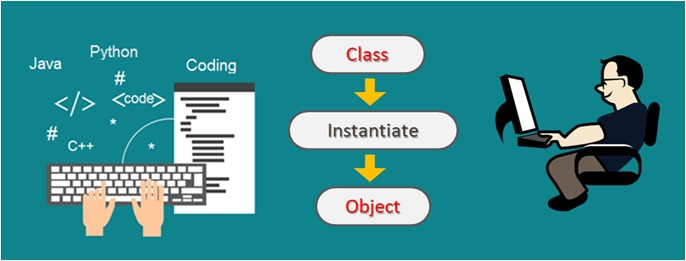
Those : learncomputerscienceonline.com
Object-oriented programming offers a powerful approach to developing software projects. Through the use of classes, objects, inheritance and polymorphism, complex systems can be modeled and developed efficiently. OOP allows developers to organize code, increase reusability, and improve maintainability. With a solid foundation in object-oriented programming, developers can create more effective and scalable solutions. In this article, we learned the basics of object-oriented programming, including classes, objects, inheritance, and polymorphism. We have seen how these concepts work together to enable structured and flexible software development. It is important to note that object-oriented programming is not the only method of developing software. There are also other approaches such as procedural programming or functional programming. Choosing the right approach depends on the needs of the project and the personal preferences of the developers. However, object-oriented programming offers many advantages and is widely used in many modern programming languages such as Java, C++, Python and C#. By understanding the basics of OOP, developers can expand their skills and develop efficient, well-structured, and easily maintainable software solutions. We hope this article gave you a good insight into the world of object-oriented programming. With further practice and experience, you can deepen your knowledge and develop complex applications. Object-oriented programming provides a solid foundation for your career as a software developer.

